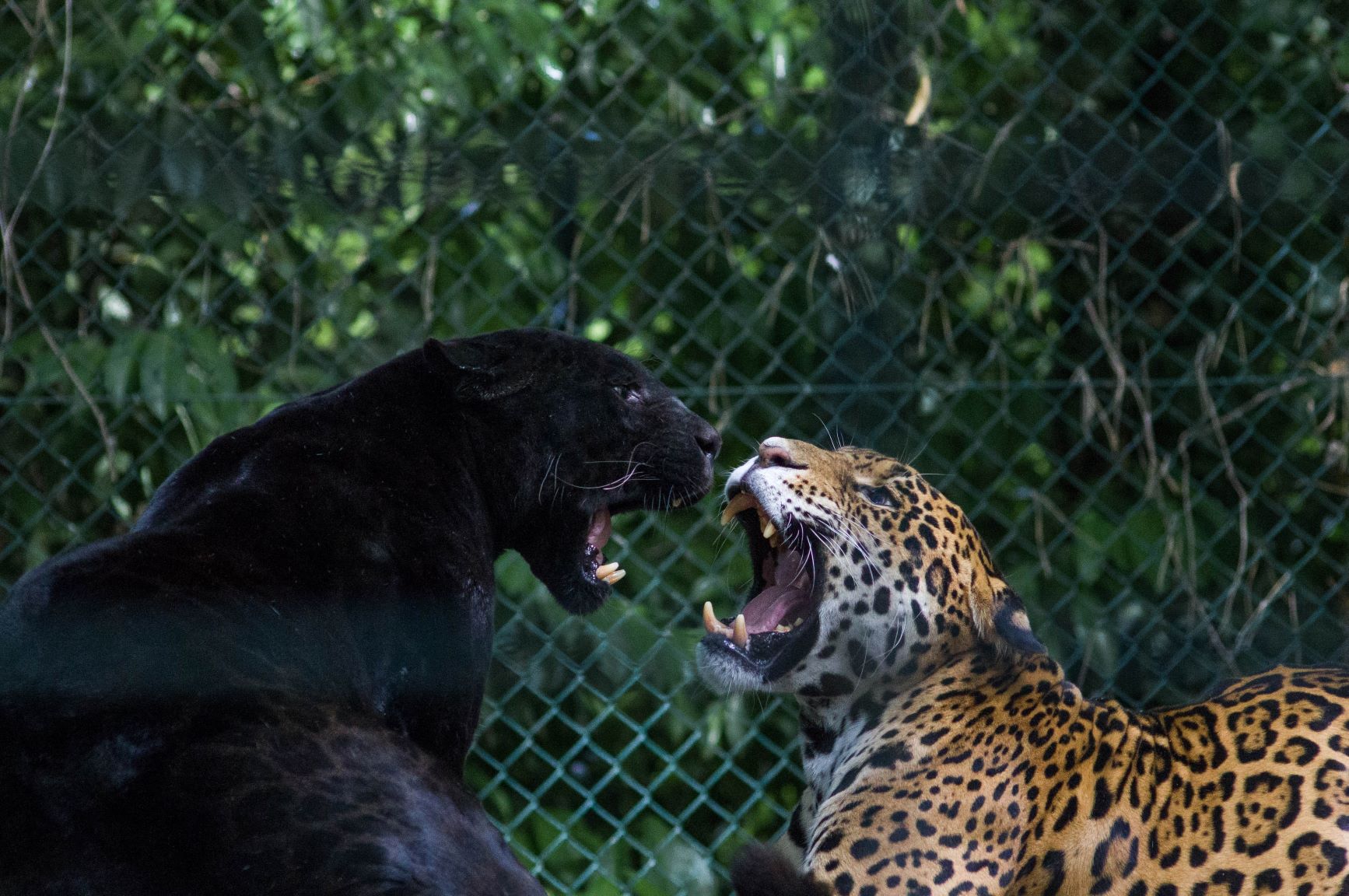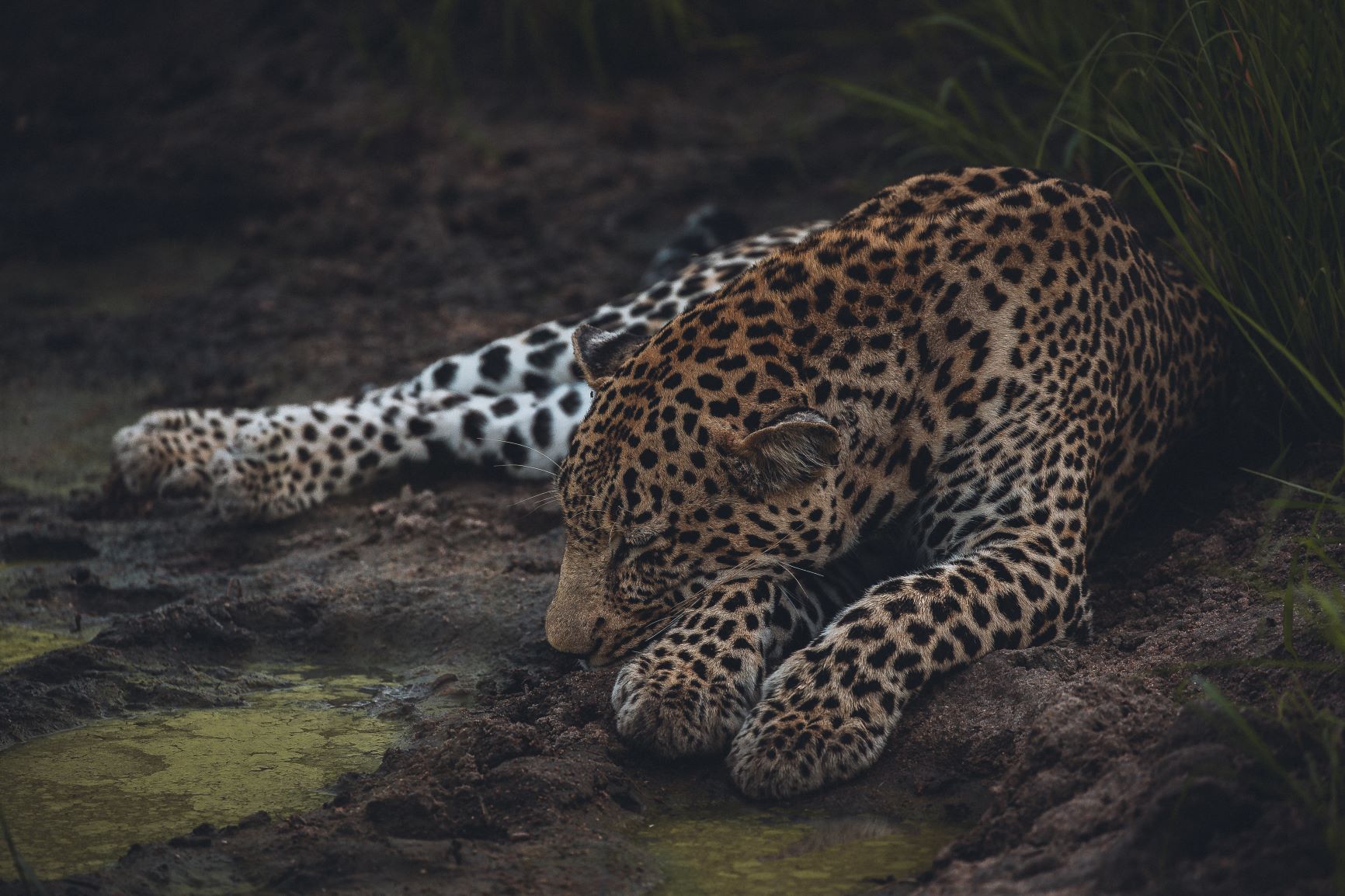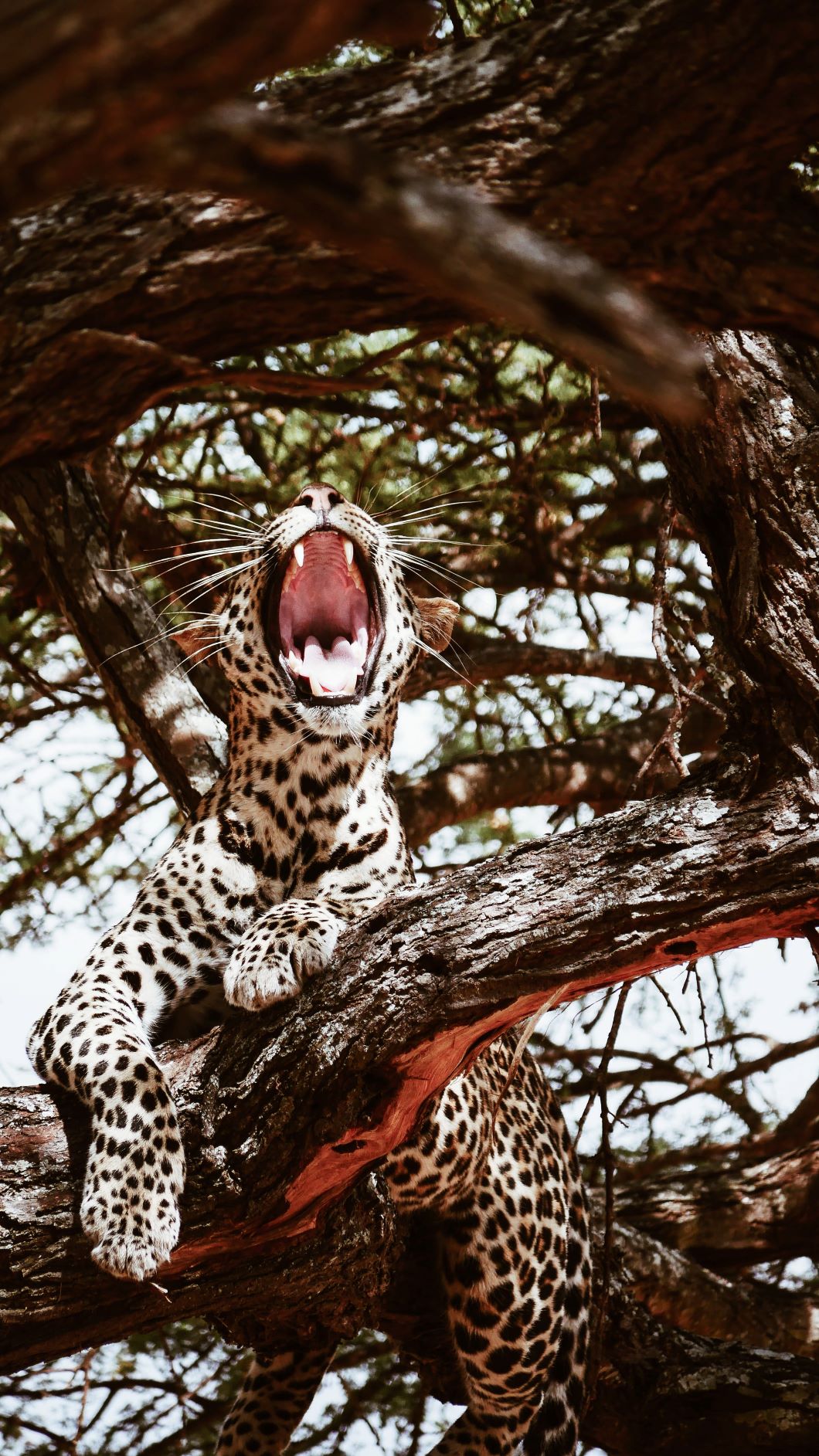Flicker Cats
Flicker Cats are medium sized cats which are bred for hunting and protection, particularly in the woods in Nefrale. They are named after the Calistian god of light, Flicker, due to the lights at the tips of their tails.

Many humans who live near the Nefralean forests will adopt a 2-3 year old female Flicker Cat around the time a new baby is born, so that the cat will treat the child and protect it as she might a cub. For this reason, female Flicker Cats are more highly prized as guardian cats, while both males and females are bred and trained for their hunting skills.
The best known breeders of Flicker Cats are the Khahma people, who are known to live in isolated villages about which the cats wander regularly. The largest of these villages is on the edge of a wood known as Flicker Forest, due to the high number of Flicker Cats that hunt there. Almost every Khahma household is home to at least one Flicker Cat, and though the Khahma people keep to themselves, they are often known to travel with their Flicker Cats. Cats raised by the Khahma are said to the most loyal and best protectors of all.
Appearance

by Melany P
Flicker cats are medium-sized cats with medium length hair. At their largest, they reach measure about 60 in. from nose to tip of tail and weigh approximately 40 lbs, but most are smaller, weighing in at about 20 lbs. Males are slightly bigger than females. They are usually black or black and white, while females are generally tri-colored, with coats varying from leopard like spots to blotchy calico patterns more typical of domestic cats. Unlike most other cats, Flicker Cats have claws that only retract partway. Almost all Flicker Cats have a white tip on their tail, which glows, earning them their name.
Life cycle
Flicker Cats live generally live between 15-25 years, with more domesticated cats living longer. Cubs usually reach full adult maturity in 2 years. When reproducing, Flicker Cats usually have 1-2 cubs at a time, and do not usually reproduce again until the first cub(s) are fully grown.Family Units
Flicker Cats are semi-social creatures. While they do not live in large groups they tend to be tolerant about sharing territory, often hunting in overlapping areas. Thus many Flicker Cats will live in the same territory, but they will live in different dens. They have also been known to wander near villages, but they do not usually view humans as a threat, and attacks are very rare. When they do happen, it is often the case the the Flicker Cat in question has been starved or abused by a human. This nature is likely due to the way they have been bred by the Khahma people.Prized Protectors
I don't venture into the forest without my Flicker Cat. I'd have been killed by Tricksters long ago if I had.
Though Flicker Cats are well-suited for a variety of terrain and because they do not generally pose a threat to humans, they are now bred by hunters, who train them to help hunt larger game than the animals normally hunt on their own. They are considered particularly valuable in Nefrale, where they are raised as guardians and protectors, especially by those who have any reason to travel to or around Spirit Hollow, which is said to be so haunted that the cats are the only animals that do not fear the place.
Many humans who live near the Nefralean forests will adopt a 2-3 year old female Flicker Cat around the time a new baby is born, so that the cat will treat the child and protect it as she might a cub. For this reason, female Flicker Cats are more highly prized as guardian cats, while both males and females are bred and trained for their hunting skills.
Relationship with the Khahma People
If you want a Flicker Cat you know will protect you, you buy it from the Khahma.
A Flicker Cat is not a pet. A Flicker Cat is a relationship.
Geographic Distribution
Related Ethnicities





Comments